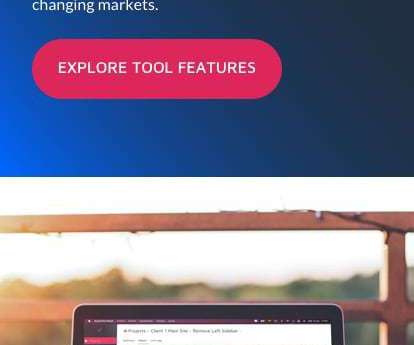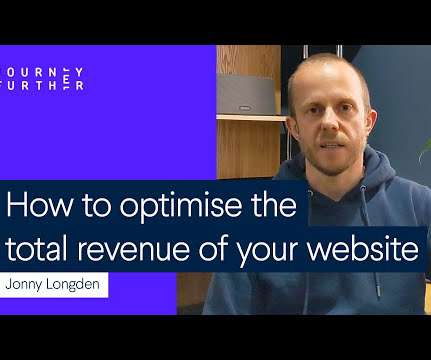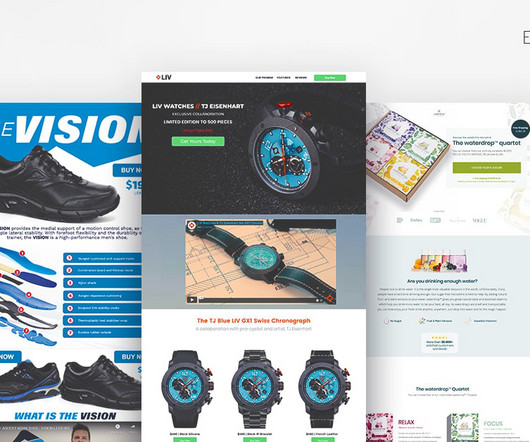E-Commerce Content Marketing Strategies That Don't Involve Discounts
SmartBug Media
JANUARY 11, 2023
Price elasticity is a microeconomic principle that states that when the price of a product goes down, the demand goes up. Plenty of marketers make the mistake of delivering boilerplate content that doesn’t address segmented audiences, which is why companies that take the time to personalize their content see the results.
















Let's personalize your content